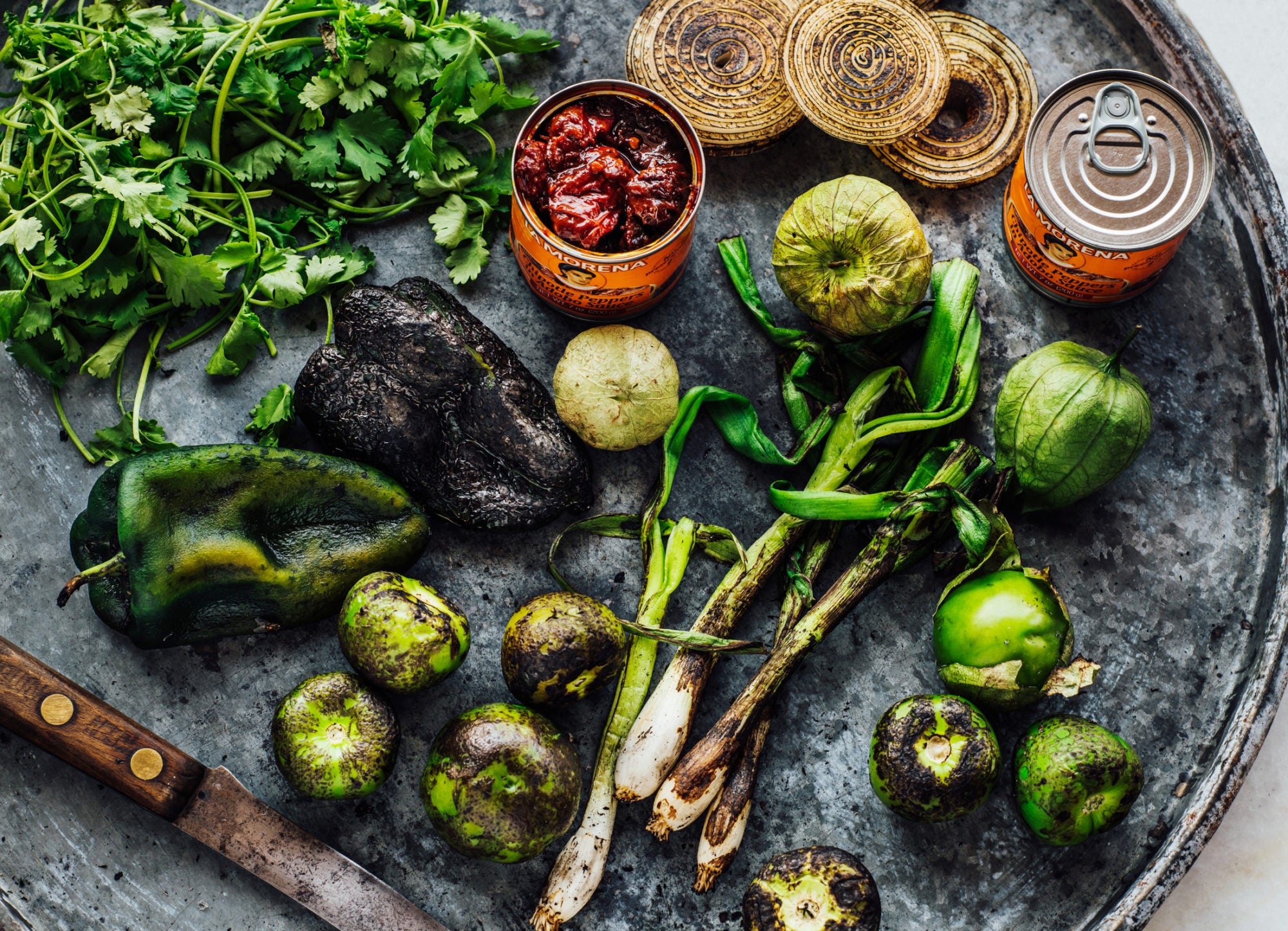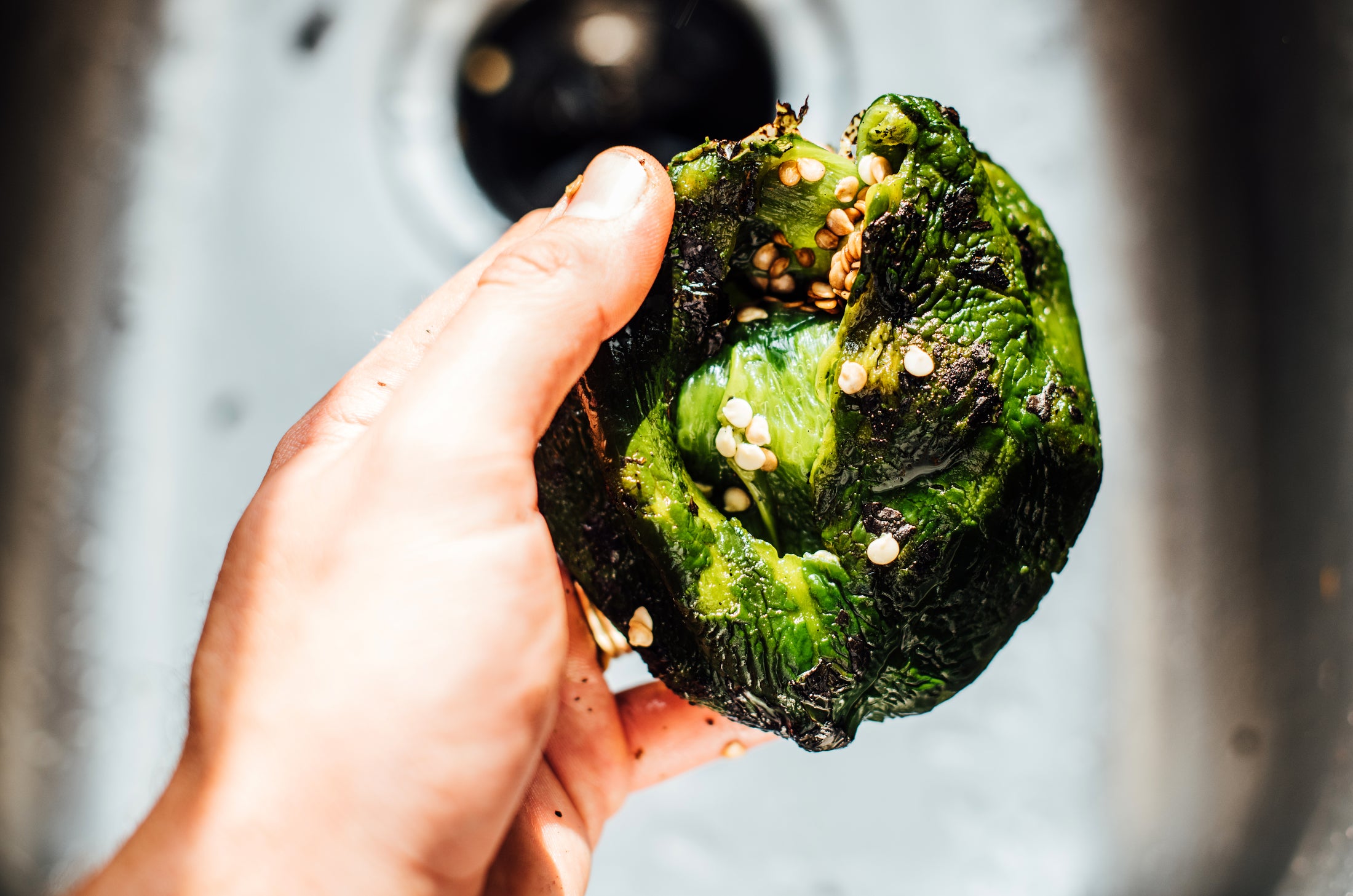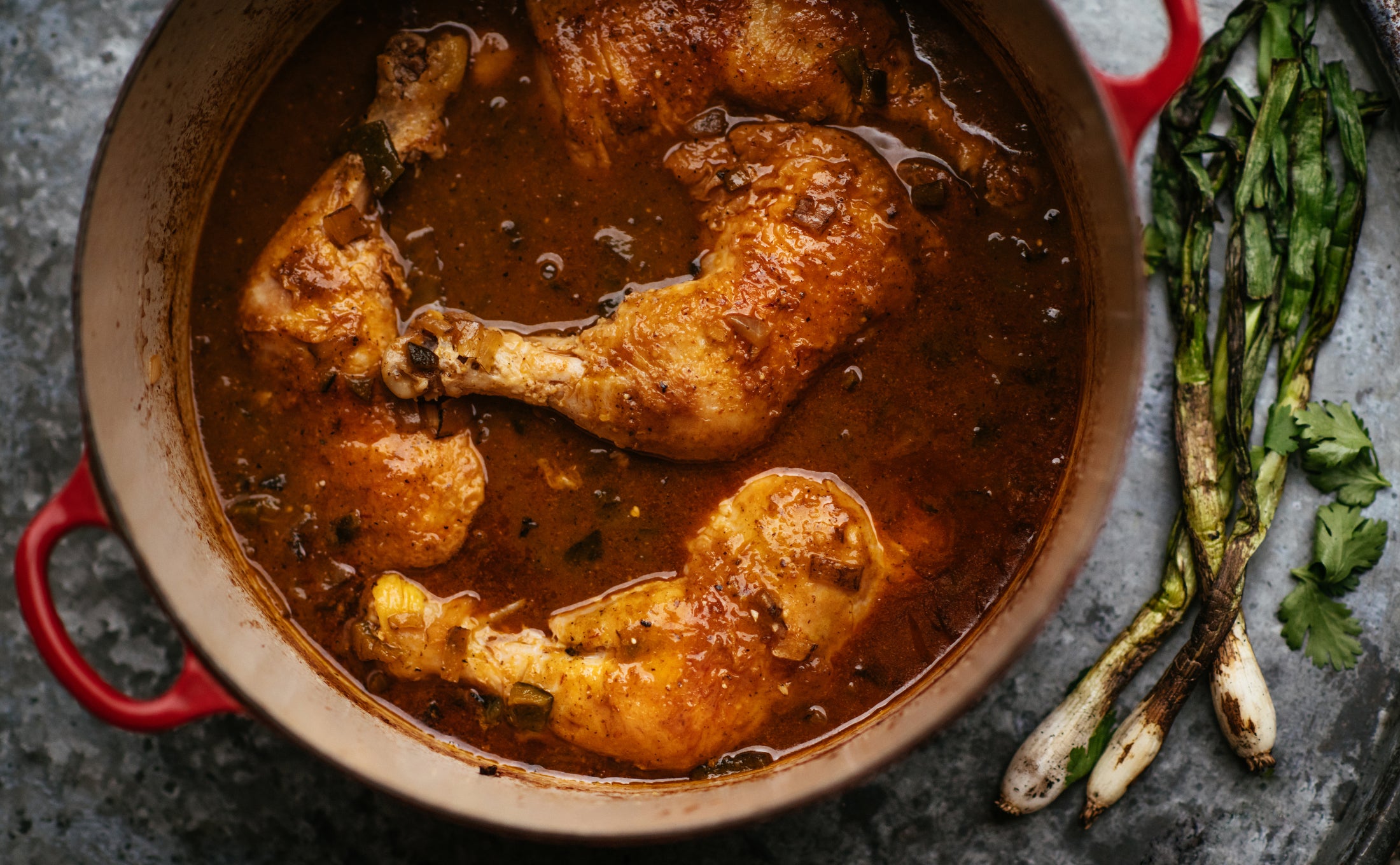
Call it ash. Call it char. Call it really good flavor.
To properly answer this question, we need to clarify something. The term “burning” typically has a negative connotation when it comes to cooking, and therefore burning, say, a piece of toast or a pan of caramelizing onions or a batch of peanut butter cookies is just not that great. It is, however, OK (and often even sought after) to char your food. In fact, for certain dishes, like baba ganoush, the charred flavor is fundamental to the recipe.
To explain, we need to get a little scientific. And anthropological. Charring is the act of carbonizing organic matter so that all that remains is carbon residue, also called ash. With the popularity and availability of relatively cheap travel, and the impact of TV personalities like Anthony Bourdain, Samin Nosrat, and Andrew Zimmern helping to educate people about cooking traditions in developing countries, chefs have been incorporating global techniques and ingredients that were never deemed acceptable in the high-end restaurants that drive culinary trends. As a result, charring ingredients, cooking over wood, cooking directly in the coals, and even adding ash as an ingredient—all used in places where less resources are available—has become widely popular in fancy food culture over the past 10 years. (Ash has recently been featured as a focal ingredient on modernist restaurant menus, causing some eye rolling.)
But ash has also been used for thousands of years as a preservative, a drying agent, and an insect deterrent, as well as for its alkaline properties and nutrient value. In Europe, ash is integral to certain cheese-making traditions, helping dry the rind and lower the pH level of goat’s-milk cheeses and other varieties to promote ripening. In certain mountain cheeses, like the the mildly stinky, semisoft Morbier, ash is spread over the evening milk curds and acts as a protective cover until the morning milk is available to fill the molds.
In Mesoamerica, ash is used to lower the pH level of corn in a process called nixtamalization, where the kernels are cooked with a mixture of ash and water to soften them, add calcium, and free up niacin and otherwise indigestible nutrients. The cooked grain is then ground into flour and mixed with water to make masa, which is the magical cornerstone ingredient at the heart of tortillas, tamales, pupusas, sopes, and more great stuff.
For the benefit of the home cook, we’re mainly concerned with the flavors associated with charring foods. So here’s what you need to know about burning stuff on purpose: Burnt sugar is extremely bitter and unpleasant. The higher the sugar content of the ingredient you are working with, the more likely it will impart a bitter flavor when charred. It’s important to note that the husk, hull, or skin of ingredients often have little or no sugar, which is why fruits like eggplants, tomatoes, and peppers can be deeply charred on the outside without tasting burnt.
Proteins also develop an extremely bitter and unpleasant flavor when charred. This can be tricky to negotiate, given our love of grilled pork, crispy chicken skin, and deeply seared steak. And it’s why the chicken breasts and pork chops grilled in the backyard by our distracted host friends, bless them, can take on a pretty obviously terrible taste. Proteins are tough to cook over live fire, and there’s a fine line between your deeply caramelized, crispy, smoky crust and your burnt, black, bitter disaster. Suffice it to say it’s one we recommend you don’t cross. Your best bet here is to remember that the lower the fat and moisture content of your ingredient, the easier it is to burn, so mind your temperature and godspeed.
TASTE editor in chief Matt Rodbard and chef Daniel Holzman are friends. Matt has many food and home cooking questions. Daniel has many food and home cooking opinions. This is called 100 Questions for My Friend the Chef.

